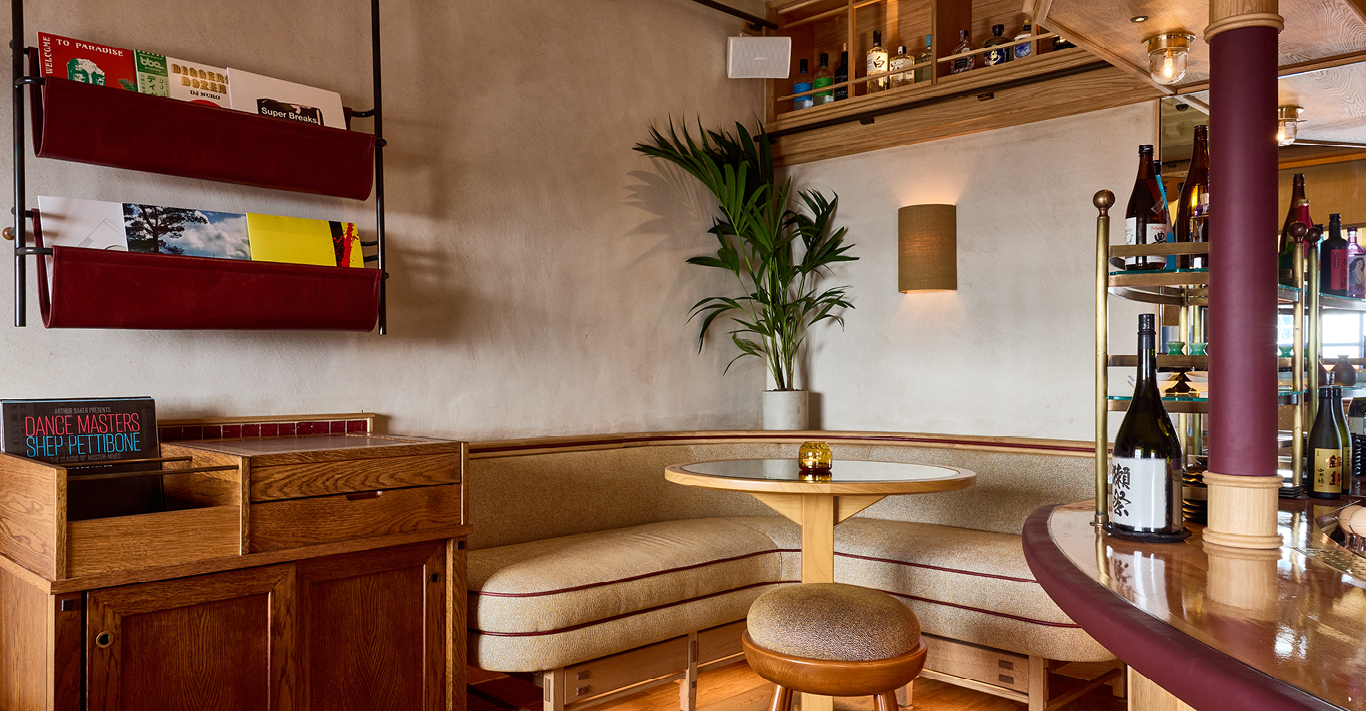PHOTOGRAPHY
Elena Boils
WORDS
Amy Raphael
Stephen Skelton, a vineyard consultant widely regarded as the godfather of English wine, knows more than most about its transformation from hit-and-miss experiment into 21st-century success story. In the mid-1970s, Skelton spent two years at a prestigious German viticulture and oenology college before returning to the UK to establish vineyards in Kent. ‘I was 26 when I started this journey and everyone else was in their 60s,’ he says. ‘I didn’t realise at the time, but I was part of a new generation determined to make a living out of growing grapes and making wine in England.’
He initially modelled his wine on Blue Nun – the most popular wine at the Savoy in the ’60s and ’70s – Chilean and Argentinian wine wasn’t imported back then, and pretty much everyone who drank white wine in the UK drank German brands. Of course we now have access to wine from all over the world, but English wine is steadily growing both in reputation and popularity.
When Nick Wenman retired from a career in IT at 50, he got in touch with Skelton. They looked at half a dozen sites before settling on a perfectly placed piece of land on the southern slopes of the North Downs in the Surrey Hills. Wenman, committed to organic and biodynamic principles, planted Albury Vineyard in 2009 and now produces sparkling wine and a still rosé. According to the award-winning online retailer Wanderlust Wine, Albury Estate’s Prestige Cuvée ‘has an exceptionally complex nose of brioche and biscuit’ that ‘deserves a place against Champagne’.
Wenman had dreamed of owning a vineyard since he was a teenager – at 17, he won the school economics prize and chose as his reward The World Atlas of Wines and Spirits – but was it worth the wait? ‘People think we just sit back and watch the vines grow, then harvest and make the wine,’ he says. ‘But the reality is that it’s hard work – for example, we have to prune 38,000 vines by hand.’ Perhaps the toughest element of the job is the unpredictable nature of the British weather.
‘I didn’t realise how big a factor the weather would be,’ admits Wenman. ‘It can play havoc with everything. For example, our average yield is about 20 tonnes [of grapes] off our first 12 acres, but we can have anything from five to 34 tonnes.’
The changing climate is, he says, both good and bad for UK wine. ‘Vines are Mediterranean plants and, as such, they’re used to hot weather. We’re clay on chalk here, like much of Champagne, and the chalk acts as a natural reservoir. But the extremes of heat aren’t good; the ideal temperature for vines is probably 16 to 25 degrees.’ Wenman concedes that ‘some people still think I’m mad’, but less so each year. ‘People are still amazed to see English vineyards doing well, but equally they know we’re producing some great sparkling wines.’
The tipping point for English wine came in 1997, when Nyetimber, a sparkling wine from Sussex, beat champagne in an international competition. The true affirmation, however, came in 2015 when French champagne house Taittinger bought its first piece of UK land with Hatch Mansfield, a UK specialist in premium wines by family-owned wineries. The old fruit orchard in Kent was planted with chardonnay, pinot noir and pinot meunier grapes; the first Domaine Evremond wine will be released in 2025.
Skelton, who was canny enough to buy shares in Domaine Evremond, says even he was surprised by Taittinger’s response. ‘We tasted plenty of top champagnes that cost £200, against the best English sparkling wine. Gusbourne’s Blanc de Blancs, which is £65, blew Taittinger away. They couldn’t believe it wasn’t champagne.’ Nearly 50 years after emulating Blue Nun, Skelton’s faith in English wine is paying off. ‘When I started, people were shocked that I planted vineyards in England. Now it’s seen as normal. There are enough people with enough capital to finance vineyards and to deal with the English weather. I don’t see any brake on the expansion of vineyards.’





